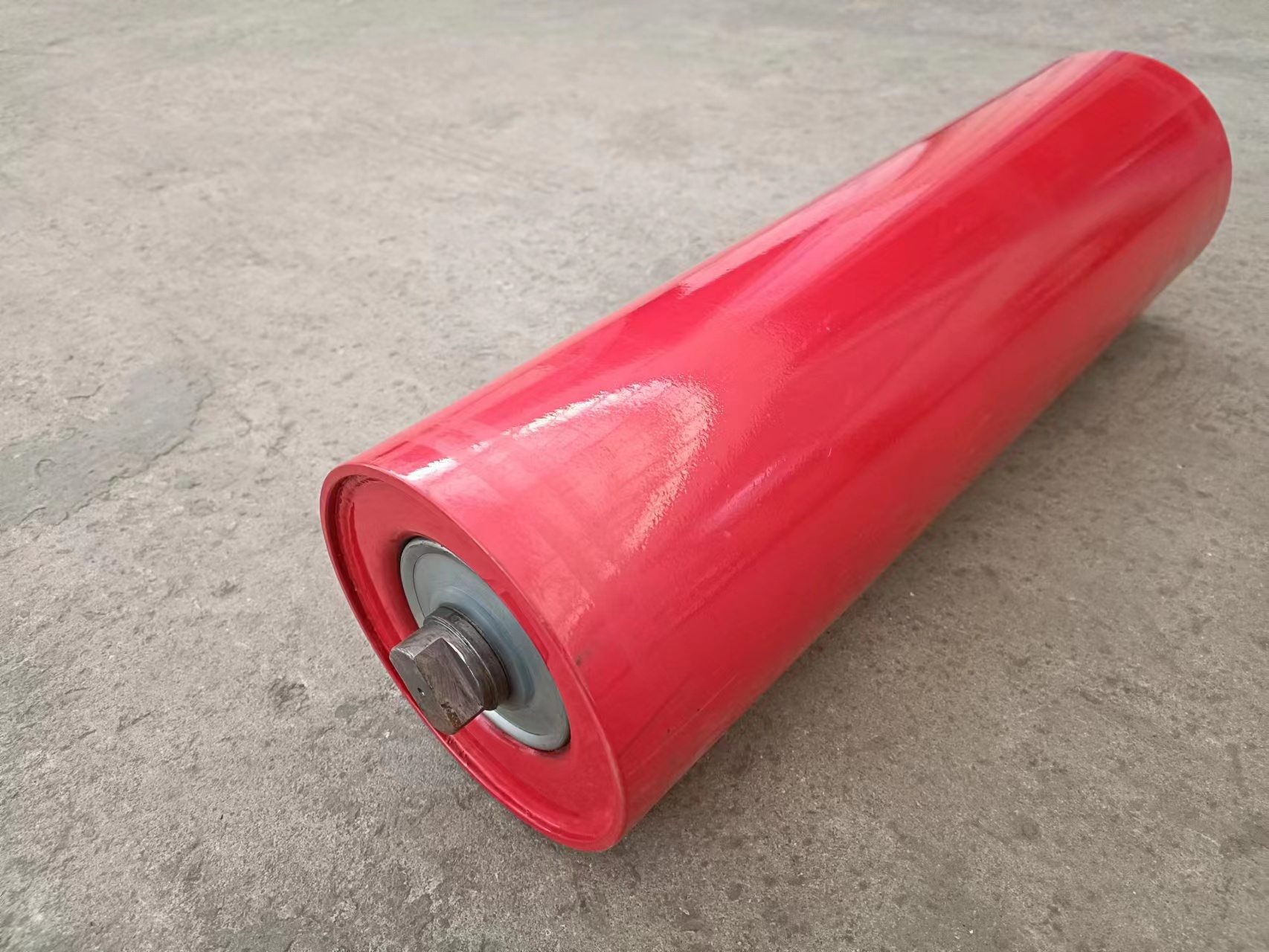 Afrikaans
Afrikaans  Albanian
Albanian  Amharic
Amharic  Arabic
Arabic  Armenian
Armenian  Azerbaijani
Azerbaijani  Basque
Basque  Belarusian
Belarusian  Bengali
Bengali  Bosnian
Bosnian  Bulgarian
Bulgarian  Catalan
Catalan  Cebuano
Cebuano  Corsican
Corsican  Croatian
Croatian  Czech
Czech  Danish
Danish  Dutch
Dutch  English
English  Esperanto
Esperanto  Estonian
Estonian  Finnish
Finnish  French
French  Frisian
Frisian  Galician
Galician  Georgian
Georgian  German
German  Greek
Greek  Gujarati
Gujarati  Haitian Creole
Haitian Creole  hausa
hausa  hawaiian
hawaiian  Hebrew
Hebrew  Hindi
Hindi  Miao
Miao  Hungarian
Hungarian  Icelandic
Icelandic  igbo
igbo  Indonesian
Indonesian  irish
irish  Italian
Italian  Japanese
Japanese  Javanese
Javanese  Kannada
Kannada  kazakh
kazakh  Khmer
Khmer  Rwandese
Rwandese  Korean
Korean  Kurdish
Kurdish  Kyrgyz
Kyrgyz  Lao
Lao  Latin
Latin  Latvian
Latvian  Lithuanian
Lithuanian  Luxembourgish
Luxembourgish  Macedonian
Macedonian  Malgashi
Malgashi  Malay
Malay  Malayalam
Malayalam  Maltese
Maltese  Maori
Maori  Marathi
Marathi  Mongolian
Mongolian  Myanmar
Myanmar  Nepali
Nepali  Norwegian
Norwegian  Norwegian
Norwegian  Occitan
Occitan  Pashto
Pashto  Persian
Persian  Polish
Polish  Portuguese
Portuguese  Punjabi
Punjabi  Romanian
Romanian  Russian
Russian  Samoan
Samoan  Scottish Gaelic
Scottish Gaelic  Serbian
Serbian  Sesotho
Sesotho  Shona
Shona  Sindhi
Sindhi  Sinhala
Sinhala  Slovak
Slovak  Slovenian
Slovenian  Somali
Somali  Spanish
Spanish  Sundanese
Sundanese  Swahili
Swahili  Swedish
Swedish  Tagalog
Tagalog  Tajik
Tajik  Tamil
Tamil  Tatar
Tatar  Telugu
Telugu  Thai
Thai  Turkish
Turkish  Turkmen
Turkmen  Ukrainian
Ukrainian  Urdu
Urdu  Uighur
Uighur  Uzbek
Uzbek  Vietnamese
Vietnamese  Welsh
Welsh  Bantu
Bantu  Yiddish
Yiddish  Yoruba
Yoruba  Zulu
Zulu Conveyor Pulley Specifications - Quality and Performance
Conveyor Pulley Specification Key Considerations for Optimal Performance
Conveyor systems are integral to various industries, facilitating the efficient transport of materials. At the heart of these systems lies the conveyor pulley, a critical component responsible for tensioning the belt, supporting its weight, and enabling smooth movement of goods. Understanding the specifications of conveyor pulleys is essential for ensuring seamless operations, longevity, and safety in material handling processes.
Types of Conveyor Pulleys
Conveyor pulleys come in various types, each designed for specific applications. The most common types include drive pulleys, return pulleys, and take-up pulleys. Drive pulleys are essential for powering the belt movement, while return pulleys help redirect the belt back to the start of the conveyor. Take-up pulleys are crucial for maintaining the tension of the conveyor belt, preventing slippage, and ensuring consistent performance.
Mechanical Specifications
The mechanical specifications of conveyor pulleys encompass factors such as diameter, width, and material composition. The diameter of the pulley impacts the belt’s tension and the overall system efficiency. Typically, larger diameter pulleys are employed to facilitate smoother belt movement and reduce wear. The width of the pulley should align with the width of the conveyor belt to prevent material spillage and operational inefficiencies.
Pulleys are generally constructed from robust materials such as steel, rubber, or composite materials. Steel is favored for its strength and durability, especially in heavy-duty applications. Rubber coatings may be added to enhance grip and reduce slippage, especially in environments where loading and unloading of materials occurs frequently.
Load Capacity and Design
conveyor pulley specification

The load capacity of a conveyor pulley is a crucial specification that should be carefully assessed. It is determined by the pulley’s design, material strength, and the expected operational loads. Engineers must consider not only the static loads but also dynamic forces resulting from the movement of heavy materials. Proper design ensures that pulleys remain operational under varying conditions, thus preventing costly breakdowns and ensuring safety.
Surface Finish and Coating
The surface finish and coating of conveyor pulleys play a significant role in their performance. A smooth surface minimizes friction with the conveyor belt, enhancing operational efficiency. Additionally, protective coatings may be applied to reduce corrosion and extend the life of the pulleys, especially in harsh environments where exposure to moisture and chemicals is prevalent.
Standards and Certifications
To ensure reliability and safety, conveyor pulleys should adhere to relevant industry standards, such as those set by the American Society for Testing and Materials (ASTM) or the International Organization for Standardization (ISO). Compliance with these standards guarantees that the pulleys meet quality benchmarks and perform effectively under specified conditions.
Conclusion
In summary, understanding the specifications of conveyor pulleys is crucial for selecting the right component for any material handling system. Factors such as type, mechanical specifications, load capacity, surface finish, and adherence to industry standards all play significant roles in ensuring optimal performance. By carefully considering these elements, engineers and operators can enhance the efficiency, reliability, and safety of their conveyor systems, ultimately leading to improved productivity and reduced operational costs. As industries continue to evolve, the importance of robust conveyor pulleys will remain a cornerstone of effective material handling solutions.
-
Revolutionizing Conveyor Reliability with Advanced Rubber Lagging PulleysNewsJul.22,2025
-
Powering Precision and Durability with Expert Manufacturers of Conveyor ComponentsNewsJul.22,2025
-
Optimizing Conveyor Systems with Advanced Conveyor AccessoriesNewsJul.22,2025
-
Maximize Conveyor Efficiency with Quality Conveyor Idler PulleysNewsJul.22,2025
-
Future-Proof Your Conveyor System with High-Performance Polyurethane RollerNewsJul.22,2025
-
Driving Efficiency Forward with Quality Idlers and RollersNewsJul.22,2025





























